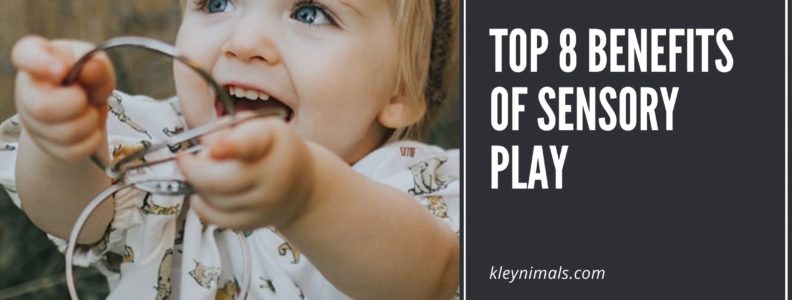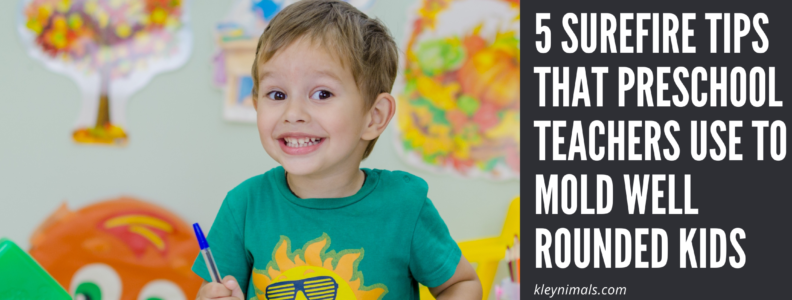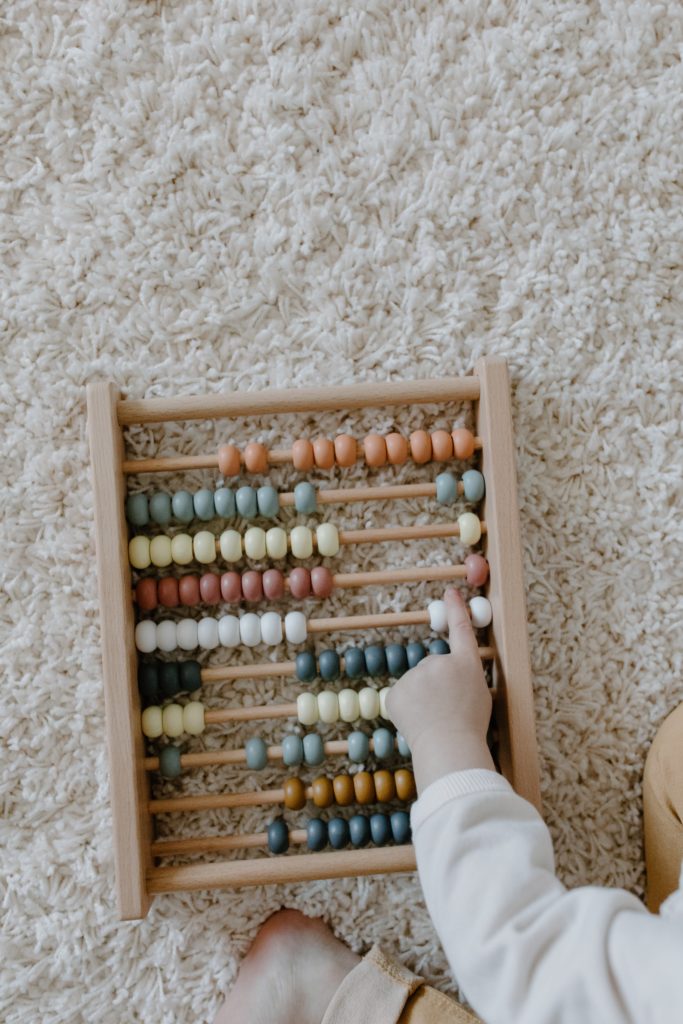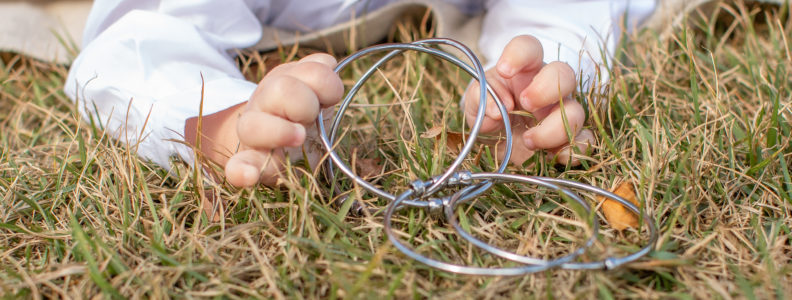Children are born with an insatiable appetite for play. Admittedly, all forms of play are great but sensory play trumps them all. This article will let you in on the top 8 benefits of sensory play and show you how you can sprinkle sensory activities in your child’s life.
What is Sensory Play?
We interpret our environment through our five senses of touch, smell, taste, sight, and hearing. Sensory play is any activity that stimulates one or the multiple senses of a child. It also includes activities that stoke their movement and balance.
Examples of Sensory Play
Fortunately, you don’t have to break the bank to have your kids enjoy sensory play. Your home is awash with household items and activities that appeal to your kids’ senses.
When your child is, for instance, stuffing spaghetti in their mouth using their hands, they are stimulating multiple senses – sight, touch, taste, and movement.
Here are some sensory play ideas that your kids can revel in:
Sensory Play Ideas for Touch
- Stainless Steel Toy Keys
- Sandbox
- Play dough
- Gardening
- Slime
Sensory Play Ideas for Sight
Sensory Play Ideas for Hearing
Sensory Play Ideas for Smell
- Cooking
- Scented Sensory Bottle
- Smelling Flowers
Sensory Play Ideas for Movement and Balance
- Cycling
- Swimming
- Trampoline
- Skipping Rope
Sensory Play Idea for Taste
Offer a variety of foods with an array of flavors, colors, and textures
Why is Sensory Play Important?
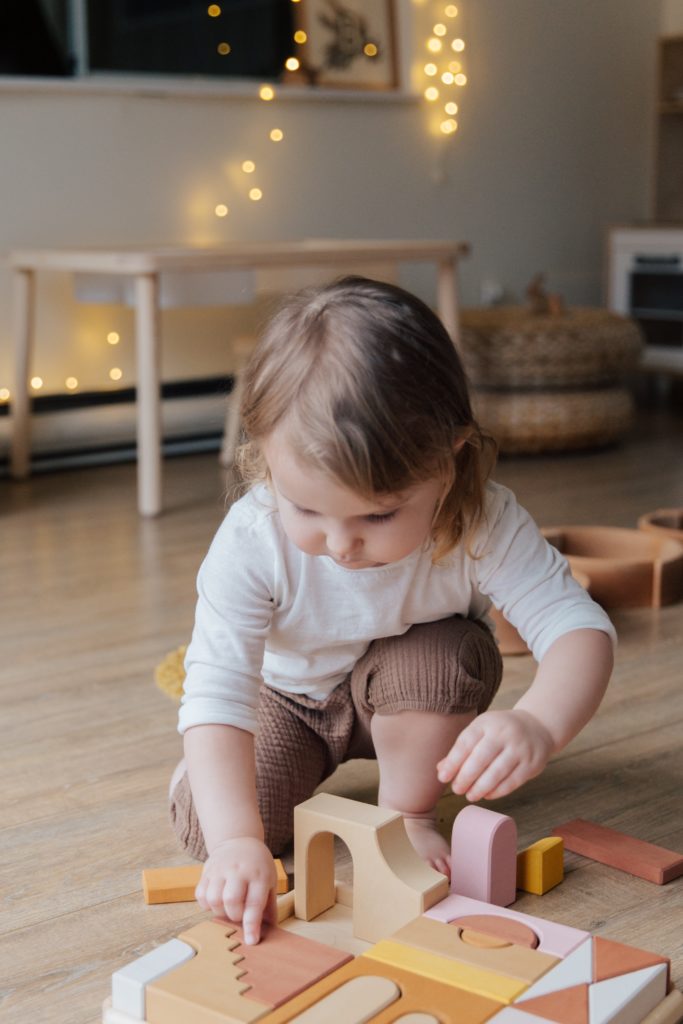
A child’s brain grows exponentially during their first years of life, between birth and 3 years. The experiences of a child during this time set the stage for their cognitive development.
In fact, their success in life and school hinges on the amount and quality of the care, interaction, and stimulation they receive in their early years.
Sensory play is a critical way of flexing a child’s brain and setting the stage for their future abilities.
Top 8 Benefits of Sensory Play
1. It Enhances Healthy Brain Development
A newborn checks in with all the brain cells (neurons) they will have for the rest of their life. All their brain needs is to make connections between the cells for it to work at optimum. Their brain produces more than a million neural connections each second.
Sensory play helps in forming and strengthening the neural connections. Interestingly, a child’s brain eliminates neural connections that are not stimulated through a process known as synaptic pruning. On the flip side, active neural connections are fortified.
As your baby squeals while popping bubbles or chuckles at the jingling sound of their favorite rattles, their brain is at work. It is refining its threshold for an assortment of sensory information.
2. It Helps Children Accomplish Complex Tasks
As aforementioned, sensory play helps build multiple neural connections in the brain’s pathway. This endows children with the ability to engage in complex tasks, sometimes well above their age.
A child who is, for instance, fond of creating things with play dough may surprise you with a steady pencil grip when you send them off to school.
3. It Helps Calm a Flustered Child
We all have one or two things that pacify us when we are feeling a little frazzled; like soaking in a warm bath or getting lost in a good book.
Some forms of sensory play will help calm your child. Some kids will be lulled by a rocking chair or a swing. Others will need a massage, a walk outdoors, or a sensory bean bag to squeeze away.
4. It Improves Their Fine and Gross Motor Skills
All the scooping, squeezing, molding, splashing, jumping, and cycling that young children fancy is not in vain. It helps strengthen their motor skills.
Fine motor skills refer to the ability to move the small muscles in the hand and wrist. Gross motor skills are the ability to move the larger body muscles of the arms, legs, and torso.
Don’t be too alarmed when you notice that your little tot can chow down their food using a spoon or fork with minimal spills.
Don’t be too gobsmacked when you catch your toddler trotting up the stairs unaided. They have been practicing behind the scenes.
5. It Enhances a Child’s Memory
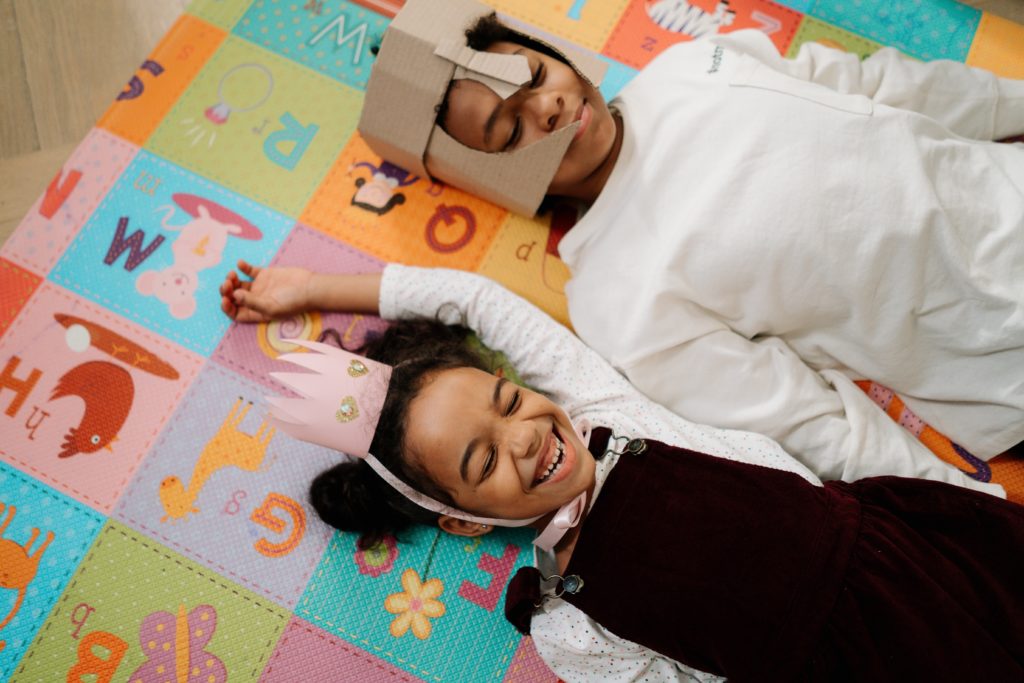
One of the heftiest benefits of sensory play is that it helps build and improve a child’s memory. As the sensory experiences stack up, there’s a lot of information getting absorbed in the brain. This expands their threshold for memory retention.
6. It Encourages Creativity and Problem Solving
As children engage in sensory play, they are actively formulating ideas, trying the ideas out, and accepting or rejecting their hypothesis. Without any set of rules or guidelines, they gradually become critical thinkers with problem-solving skills to boot.
7. It Helps in Language Development
As children exercise their senses, they start describing what they can see, touch, hear, smell or feel. They can describe things that are bitter or sweet, hard or soft, hot or cold, smooth or rough, etc. This perks up their vocabulary.
8. It gives Their Social Skills A Boost
Sensory play activities offer children oodles of opportunities to interact with their peers and adults. As they take turns in play, asking questions, investigating, and manipulating objects, they freely interact and inadvertently hone their social skills.
Final Thoughts
Thankfully, children don’t need a lot of nudging to play. Their pattering feet and explorative hands naturally gravitate towards play. When children engage in sensory play, they are not merely passing time. They are investing in their future.
Sensory play helps their brain development, enables them to complete complex tasks, calms them, improves their motor skills, helps them solve problems, and gives their creativity, language and social skills a boost.
Parents and guardians need to ensure that their children are raking in all the wonderful benefits of sensory play by providing plenty of play opportunities and quality interactions.

